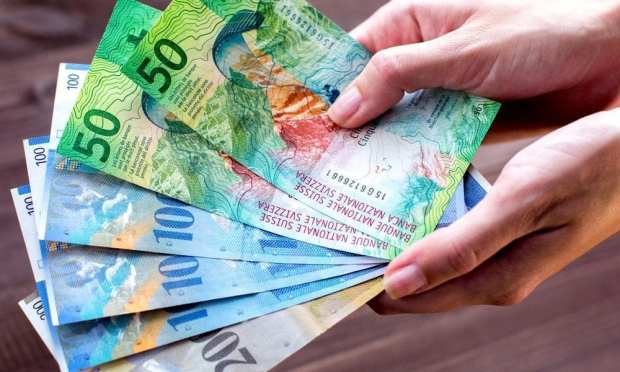Swiss Franc Weakens On Impending US And Europe Rate Cuts

In the face of impending rate cuts in the U.S. and Europe, the Swiss central bank has taken steps to weaken the Swiss franc and put rising pressure on the currency, according to a report by The Wall Street Journal.
Last week, the Swiss National Bank started selling francs into the market, which led to an increase in sight deposits, which lenders use to keep reserves at the central bank. Those deposits increased by $1.7 billion and are watched with keen interest because they are a sign of intervention by foreign exchange.
The increase is the biggest in two years, analysts say.
“This looks like intervention,” said Thomas Flury, global head of currency strategy at UBS Wealth Management. “It is the highest increase since the French election period in 2017, when they were last intervening.”
Last week the franc hit 1.10 francs per euro, which many analysts say is a benchmark. It hasn’t hit that level since the middle of 2017. A euro could buy 1.14 francs at the end of April. About a year ago it was 1.20 francs.
When monetary policy loosens in the U.S. and Europe, it makes Swiss investments more attractive because it puts rising pressure on the franc. It also lessens the difference in interest rates between Switzerland and the rest of the world.
The Swiss economy is a haven for investors, because it’s always viewed as healthy and stable. The Swiss franc is a major world currency due to the prominence of Swiss banking institutions.
European Central Bank President Mario Draghi has been prepping the market for rate cuts and bond purchasing in his latest speeches. However, the European Central Bank hasn’t cut interest rates just yet. That weakened the franc but it’s still elevated compared to the past.
“Intervention has been a [long time] coming, the franc has been rising in recent months,” said David Oxley, senior Europe economist at Capital Economics.
